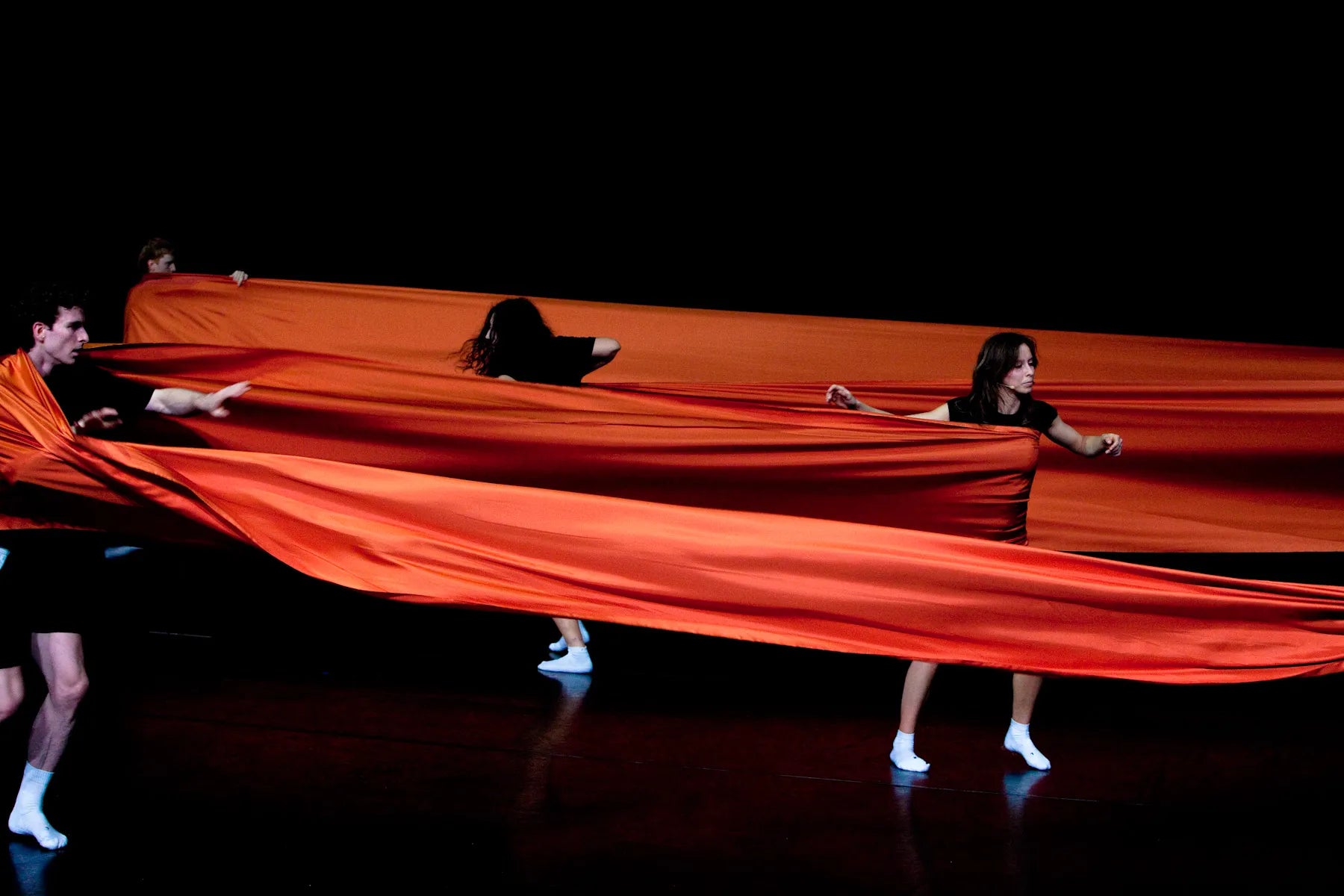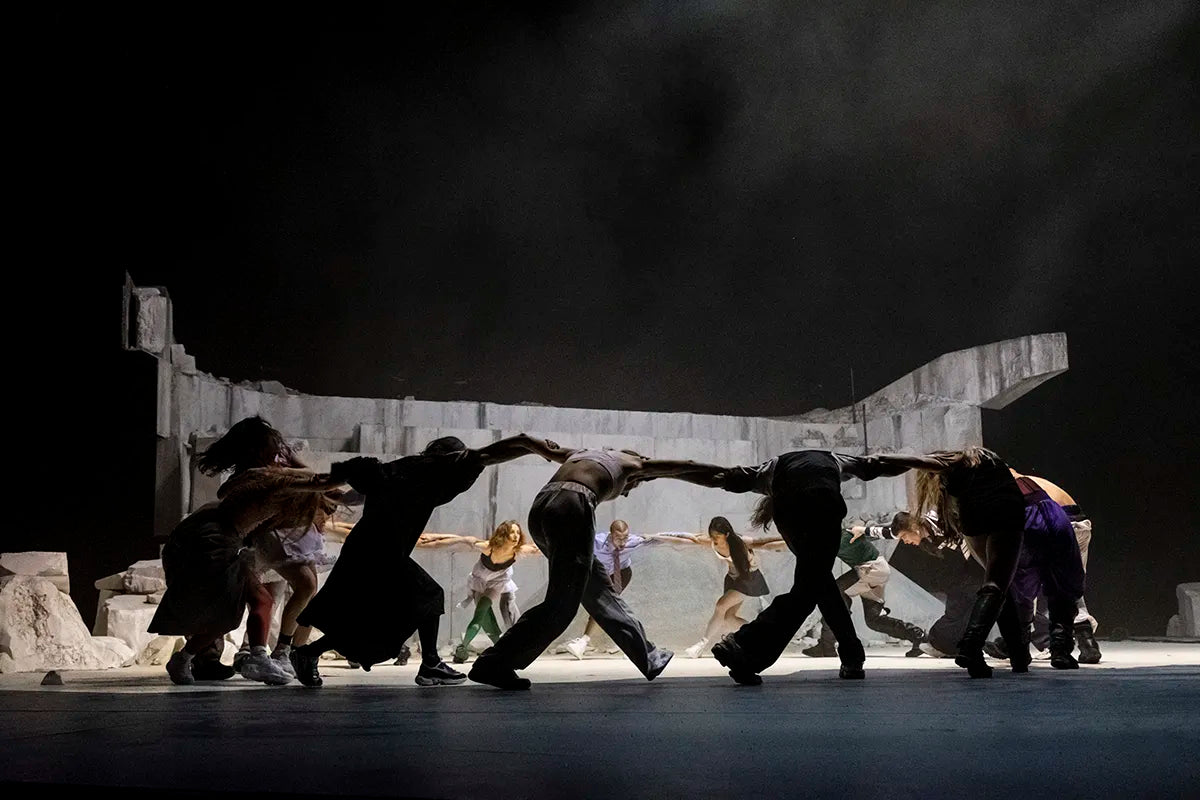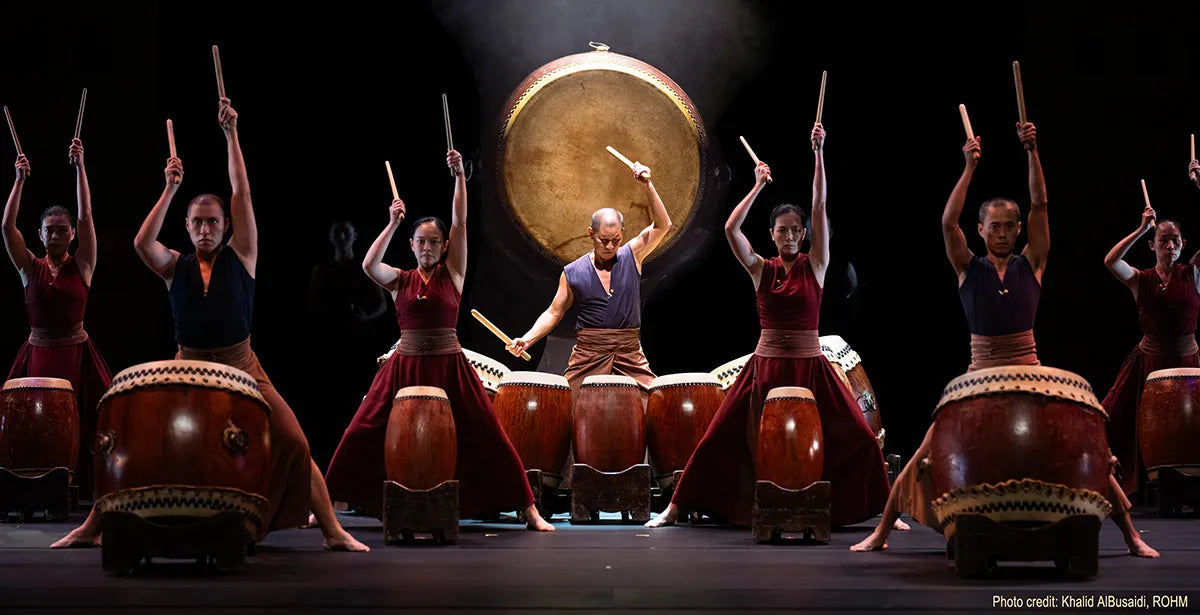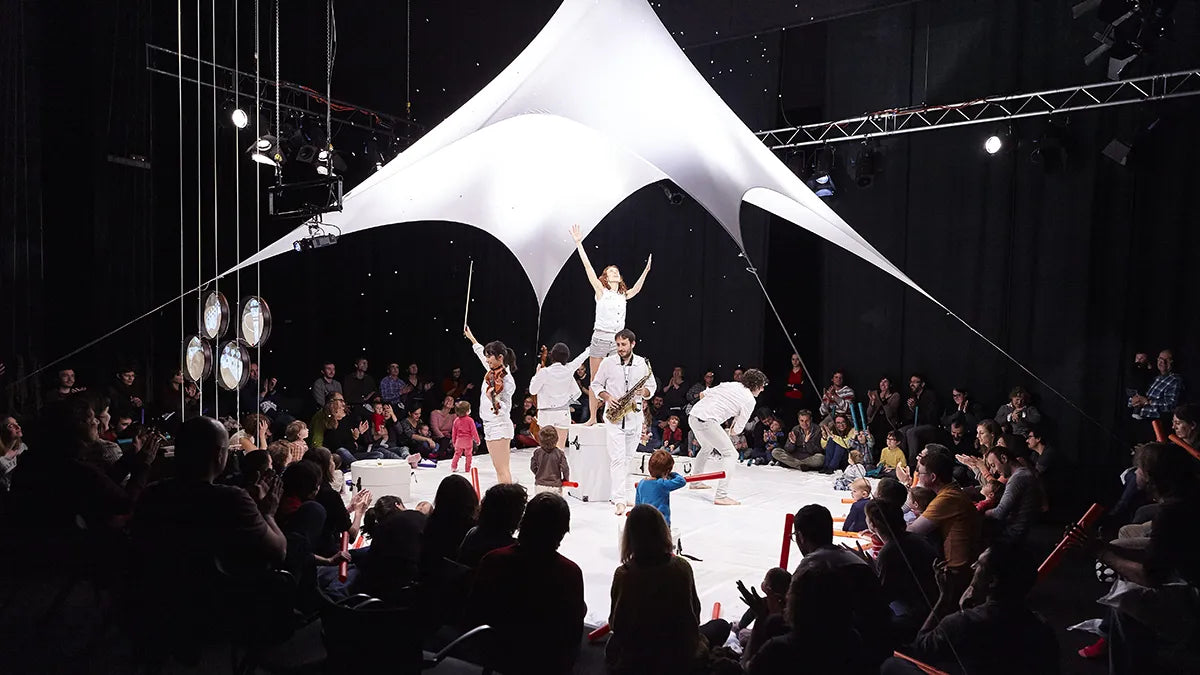Romaeuropa, the Festival That Keeps Rome Curious
Romaeuropa, the Festival That Keeps Rome Curious
From Villa Medici beginnings to global stages, the Romaeuropa Festival continues to surprise, inspire, and connect audiences

What have been some of the most significant moments in the festival’s history, and how have they shaped this year’s edition?
This year marks the 40th edition. What excites you most about the program?

In terms of cultural impact, how do you see Romaeuropa shaping Rome today?

Looking forward, what challenges and opportunities do you see for the festival?
For someone who’s never been to Romaeuropa, why go?



